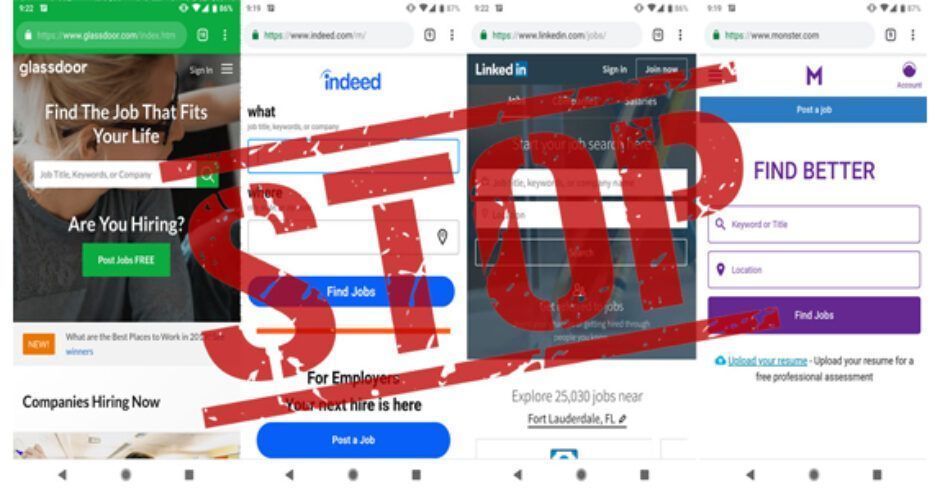It’s that time of year when we reflect on the last 12 months and turn our attention to changing for the better in 2019. Promises of getting fitter, eating healthier, visiting somewhere new and being less stressed are just a few of the popular ideas that get pencilled in.
And for many the New Years Resolution list also includes finding a better and more rewarding job. They have become despondent and disengaged with their current situation and have decided that it’s time for a change.
But now is also the perfect time for an organizational resolution to become a better place to work and companies can actually use their employees’ newfound focus on bettering themselves to bolster this.

When the employees have a new vigour and enthusiasm about them it makes perfect sense to strike while the iron is hot. There is little value in thinking about it, skimming through some ‘leadership’ book or running another staff survey. Organizations need transformation, not just information.
We all know that most voluntary resignations (75% according to most studies) are due to poor working relations, usually with bosses and supervisors. These people feel they are mistreated when the reality is more likely that they haven’t expressed how they need to be treated.
Here are a few pointers to help you not just retain, but get the best out of your most important assets;
Make them Feel Valued
This is the single most important thing in any working relationship.
Feeling valued in the workplace directly impacts our sense of self-belief which in turn creates a positive self-image propelling us to work to our full potential.
High self-esteem is the fuel for performance…
Individualize the experience rather than be generic. While it is a very worthwhile gesture to occasionally order lunch for your team, your top performer and brand-new intern have both been rewarded with the same thing. Your top performer doesn’t feel very valued at this point, but if you instead give them an afternoon off or let them attend a seminar they asked about they clearly understand you appreciate them and value them within your team.
Also, encourage your team members to tell each other what they value about their individual contributions such as their focus, their optimism, their persuasiveness, their humour, their patience, etc… You could make this a game or activity in a team meeting.
Remember, when significant people in our lives notice and acknowledge our contributions, we feel valued and more productive.
Motivate them
Motivation usually stems from some form of self-interest and great leaders are also great motivators within the work environment.
Find out what is important in work for each person and do what you can (within boundaries) to make this happen for them. We all have different self-interests such as;
- some like to work alone while others want to be part of a team
- some like to be creative while others prefer exact and precise direction
- some like goals with tight deadlines while others prefer tasks with sufficient time to check…and double-check
- some like to be publicly recognized in front of their peers while others prefer a private and personal thank-you
In addition, motivation should also be seen as the ‘job’ of everyone, not just managers. For example, ask your more senior employees to take on a mentoring role with some newer employees. Not only will the mentor feel valued and motivated by the trust you have shown in them, but the mentee will see that you have a genuine interest in their career and will want to impress the mentor.
Motivation in the workplace translates into energy, energy into action and action into results.
Make feedback a 2-way street
Employee feedback in the workplace is probably the most powerful, yet under-used and ill-used management tool. It is about sharing your reactions to another party’s ideas, feelings or behaviour.
But too frequently it comes across as criticism because it is usually only delivered (by managers) when something doesn’t go as well as hoped. Most of us would rather be ruined by praise than saved by feedback.
Try having a feedback session in 1-on-1 and team/departmental meetings. Stimulate feedback between the entire team rather than have it be simply something a supervisor does when needed. Managers who are very blunt and ‘straight talking’ can actually close down relationships with employees and cause them to disconnect. Be approachable and have time for people’s issues…that way they actually initiate the opportunity for feedback. Set the example and encourage communications such as;
- How can I help you do your job better?
- I really like it when you…
- How can I be more supportive?
It is said we have one tongue and two ears so we may hear twice as much as we say, so ensure you also listen attentively to what your co-workers say and don’t fall into the trap of jumping in with a response too early.
Build an action plan together based on feedback from both/all parties on any issues to reinforce that you are part of the team, and caring leader/colleague.
Not only will this increase the willingness to engage in feedback, but it fosters a culture of openness and trust.
Conclusion
By simply improving the relationships between people who work together an organization can very quickly build staff engagement and loyalty.
Find out what drives individuals, what their needs are and encourage them to tell you how they want to be treated. In nearly every case these will be very achievable together, and even if they are not your employee will appreciate you have taken the time to listen to them.
The manager-employee relationship is extremely important but so too is the overall team dynamic.
So, inspire your team to do the same (all year round) and not only will you quickly become an even better place to work, but those intentions to find another job will suffer the same fate as most other New Years Resolutions.
HAPPY NEW YEAR





